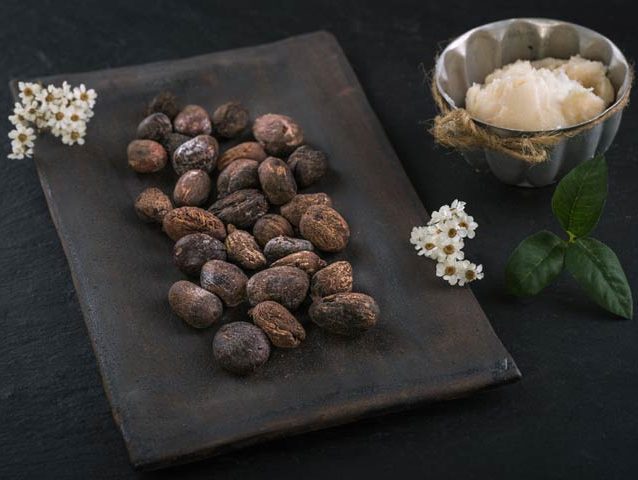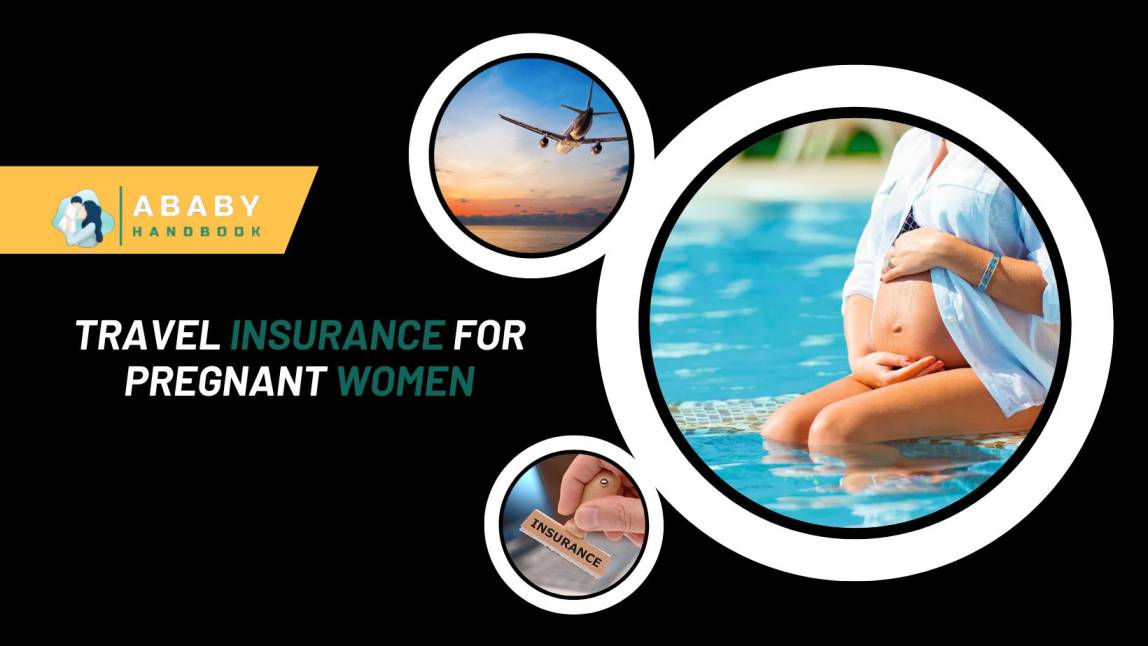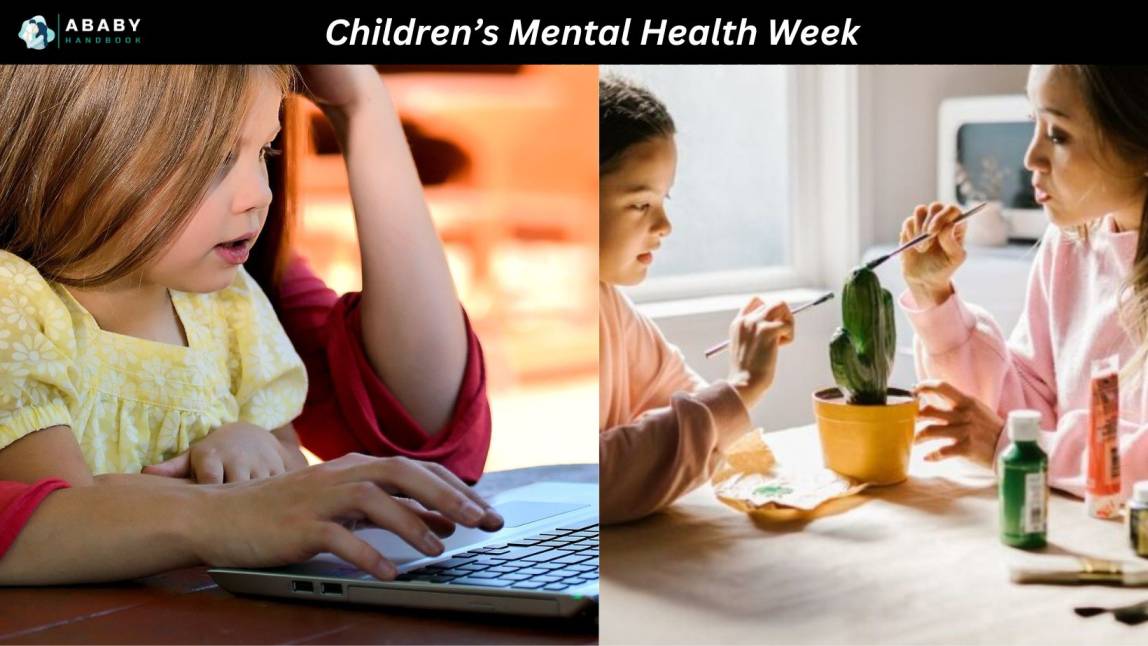Image: Shutterstock
Shea butter is an off-white-to-ivory color fat that comes from the shea nuts. The mild, nutty smelling fat has effective emollient and anti-inflammatory properties (1). Therefore, it is widely used in skincare, haircare, and the cosmetic industry. However, as shea butter comes from a tree nut, the possibility of an allergic reactionmight raise concerns regarding its use for babies.
In this MomJunction post, we tell you about the use of shea butter for babies and its safety.
Is Shea Butter Safe For Babies?
Shea butter is considered safe for topical use in babies. This natural skincare productis primarily made up of saturated fatty acids like palmitic, stearic, oleic, linoleic acid, and arachidonic acid (2). It is considered a wonderful moisturizer for dry skin.
The linoleic and arachidonic acids are two essential fatty acids considered vital for health. Besides, the butter contains vitamin E that is good for the skin.
Raw shea butter (organic) is best for use among babies and toddlers since it does not contain chemicals such as sulfates, parabens, and preservatives. However, consult a pediatrician before usingshea butter for babies.
Possible Benefits OfShea Butter For Babies
Shea butter has a range of uses from a natural moisturizer to treatment for certain skin conditions, such as eczema, rashes, and insect bites. Here are a few of its uses:
- Moisturizes the skin: Shea butter is known to have moisturizing properties due to the presence of fatty acids and vitamin E. It is considered one of the safest natural emollient and skin softeners you can use to moisturize your infant’s skin, scalp, and hair. Several baby products such as baby wipes, daily lotions, night baby lotion, shampoos, and moisturizing creams claim to contain shea butter.
- Has anti-inflammatory and antioxidant properties:The natural, plant-based ingredient contains anti-inflammatory and antioxidant properties (3)(1)that can soothe diaper rash and insect bites.
- Soothes skin rashes: Several studies demonstrated the effectiveness of shea butter in managing eczema or atopic dermatitis (4). It is believed that shea butter, with its emollient properties, works as an occlusive barrier that helps retain moisture. It also helps in protectingthe skin from irritants (5)and enhances collagen production that could help soothe eczema.
- Probable sun-protection function: Shea butter is found to have certain compounds that are known to have strong absorbance of UV radiation. However, more research is needed to validate these observations (6).
How To Use Shea Butter For Babies?
Shea butter is used as a natural product for the skin, scalp, and hair of the baby.
- Massage:Heat a teaspoon of shea butter and use it to massage your baby’s body regularly before bath time.
- Moisturizing cream:Take a small amount of butter in your hands, rub it between your palms, and apply it on the baby’s skin, except around the eyes and on genitals.
- For skin conditions:Do not warm the butter. Instead, use it as a skin lotion applied after a bath. It ismost effective if you use after a bath when the skin is soft and more receptive to emollients.
- Hair cream: You may use shea butter for your baby’s dry hair and scalp. It can be a good source of moisture forbaby hair.
- Diaper rash cream:You can apply a thin layer of shea butter in and around the diaper area, excluding genitals.
Consult a doctor before using shea butter for any of the above purposes. Theycan suggest you the right brands to use for the baby.
Precautions To Take While Using Shea Butter For Babies
Observing some simple precautionary steps can help you use shea butter safely for babies.
- Prefer raw, organic shea butter to its refined alternatives. 100% raw organic shea butter does not contain any added compounds or preservatives.
- Buy shea butter from a trusted source. Check for quality if you are buying abasic homemade lotion made of sheabutter.
- If you are buying other natural baby care productsthat contain shea butter, then check the ingredients carefully. Look for the presence of harmful chemical ingredients, such as SLS and paraben. Give preference to products that contain only natural, plant-based ingredients.
- Do a patch test on a small area of the skin before using the product on the rest of the baby’s body. It can help determine possible allergic reactions. If you observe any redness, itching, swelling, or signs of general irritation, then do not use the cream.
- If you intend to heat shea butter, then do so only on low heat. Once heated, check the temperature by applying it on your hand. Do not apply hot shea butter on your baby’s skin as it could lead to burns.
Shea butter is a natural, plant-based product that can be safely used for babies. Choose raw or unrefined organic shea butter for your little one’s skin and hair care regimen. However, in the case of persistent dryness or any other skin or hair condition, use shea butter only after a thorough consultation with the doctor.









